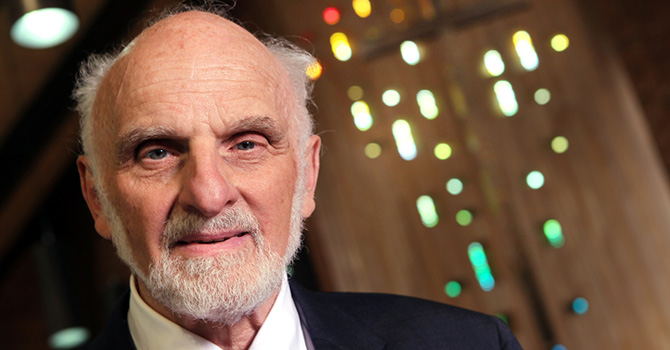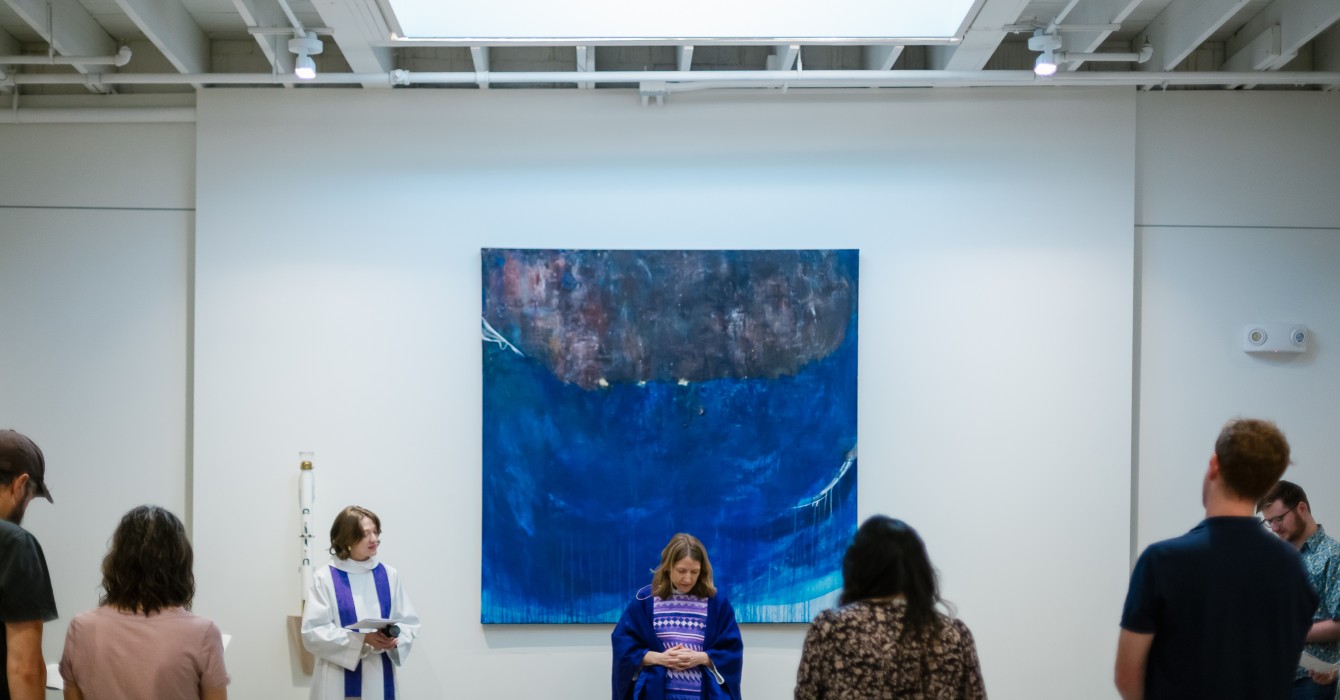Why should theology care about the arts? Or, to put the question in a more pointedly practical way, why should those who are engaged in the church’s ministry care about the arts?
We live in a culture that tends to focus narrowly on pragmatic concerns and to regard the arts as peripheral. Faced with budgetary constraints, our public schools have massively cut funding for classes in visual art, music and theater; financial resources are focused instead on preparing students to pass standardized tests. It is not hard to see that such educational policy impoverishes the imagination of students and deprives them of the collaborative joy that comes from working together to produce a play or perform a concert.
The Protestant churches have sometimes been guilty of a similar shortsightedness. We gather to meet in bare, functional spaces and focus on wordy, ungraceful, discursive sermons. We care about the doctrinal content of our beliefs and about the good works we seek to organize in our congregations. But we may be insufficiently attentive to the ways in which the character of our community is shaped by the imaginative spaces we inhabit.
In fact, there are at least four very simple reasons we should care about the arts in the church.
First, there is no escaping the arts. They create the imaginative symbolic world in which we live and move; we are constantly surrounded by images, music and stories. And so if we seek to “take every thought captive to obey Christ” (2 Corinthians 10:5), we need to reflect critically and faithfully on the artistic media that profoundly shape the consciousness of our culture.
How does the architecture of the buildings in which we live and work shape us? How do iTunes and Netflix tell us stories about who we are and what we should desire? How does the diction of advertising stunt our capacity to speak kindly and truthfully to one another? If theological education focuses only on ideas and fails to reflect on their artistic milieu, we will be quite literally tone-deaf or insensible to major elements of human experience, and we will fail to perceive ways in which the gospel may challenge and transform us.
Second, all elements of corporate worship organize words and actions in some sort of artistic form. So really, the only question is whether they will do so well or badly. Will our hymns and proclamations be beautiful, incisive and provocative? Or will they be trite, sentimental and plodding? Will they beckon hearers to explore “the beauty of the infinite,” to use David Bentley Hart’s phrase, or will they recycle turgid clichés?
Sociologist Mark Chaves (who holds a joint appointment at Duke Divinity School) has pointed out that congregations are one of the most important venues in which Americans experience art or participate in its production. He reports, for example, that more than 60 percent of American adults hear live music in a worship service in any given year, compared with 39 percent who hear live pop music; 17 percent, live classical music; 12 percent, live jazz; and 5 percent, live opera.
If the church is one of the primary places where the arts are actually practiced, we ought to evaluate our worship in a way analogous to Thomas Merton’s probing question about the state of literary art in the church: “We who say we love God: why are we not as anxious to be perfect in our art as we pretend we want to be in our service of God? If we do not try to be perfect in what we write, perhaps it is because we are not writing for God after all. In any case it is depressing that those who serve God and love Him sometimes write so badly, when those who do not believe in Him take pains to write so well.”
Third, participation in artistic performance can teach us crucial skills for the life of obedient discipleship. Consider, for example, the skills of listening, self-restraint and cooperation fostered by participation in a choir -- disciplines that not only benefit the common good but also make us more wise and peaceful people.
Similarly, it is often through the arts that we most deeply internalize the truths of our faith. I would venture a guess that far more Christians imbibe theology through singing the Psalms or the hymns of Charles Wesley than through reading Thomas Aquinas or Karl Barth.
Finally, because we are made in the image of God the creator, we are destined to be creators of images and stories. It’s in our flesh and bones. God is the great artist who conceived and constructed the intricate cosmos, the sculptor who shaped the human form out of the mud of the earth. God is the poet who imagined Israel’s improbable epic drama -- election, fall into slavery, exodus and return to the land of promise -- and then inspired psalmists and prophets to sing the story, and to re-imagine it for later generations living new chapters in the drama of exile and return.
If we are made in the image of such an inventive God, it follows as day the night that we too will be makers of shapes, symbols, songs and stories. As bearers of the image, we can do no other. Art bubbles up out of the center of our being. The more fully we acknowledge God’s creative power, the more freely we will celebrate the creative expression, the poiēsis, through which we respond to God’s grace.
For all these reasons, we should be concerned about theology in and through the arts. God has spoken creation into being, and God has breathed life into us. Therefore, when we sing with the psalmist, “Let everything that breathes praise the Lord” (Psalm 150:6), we are declaring that all creation breathes with the life of the logos. And so, through our arts, we are rendering back to God the only fitting response: creative praise.














